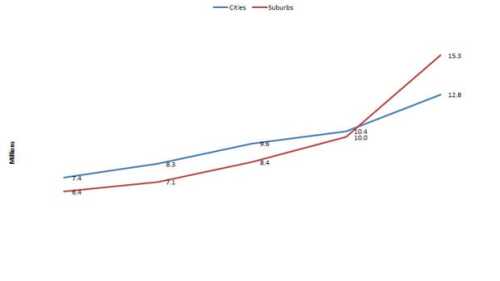Joan Mooney is a longtime writer and editor who for many years was senior editor of AutoExec, the magazine of the National Automobile Dealers Association. As a freelancer, she has written about such diverse topics as the resurgence of streetcars for On Common Ground magazine, the suburbanization of poverty for Urban Land, recumbent trikes for the AARP Bulletin and water infrastructure and supply for the National Association of Realtors.





